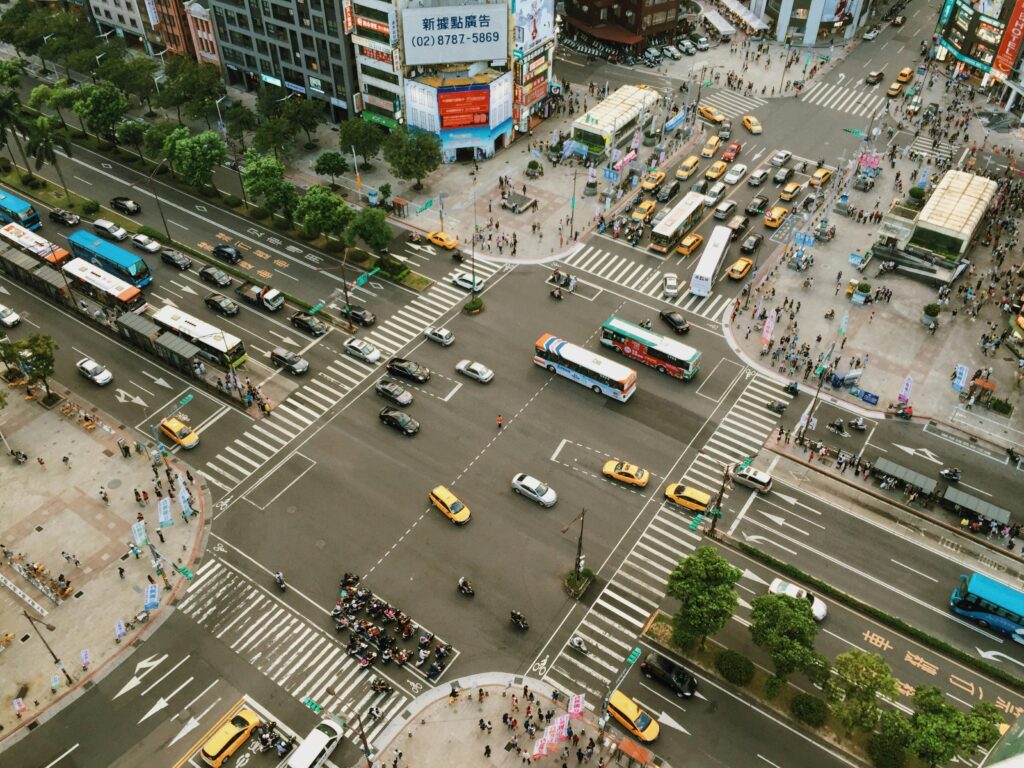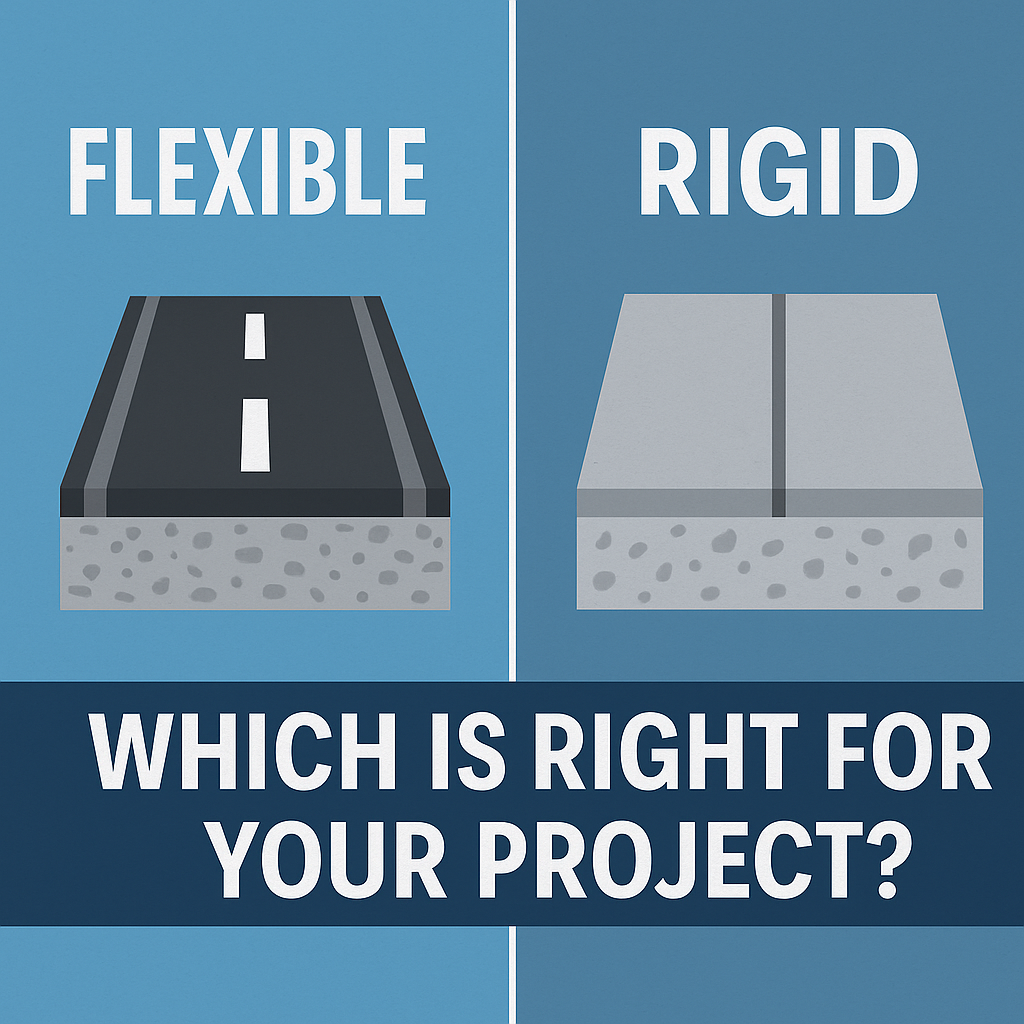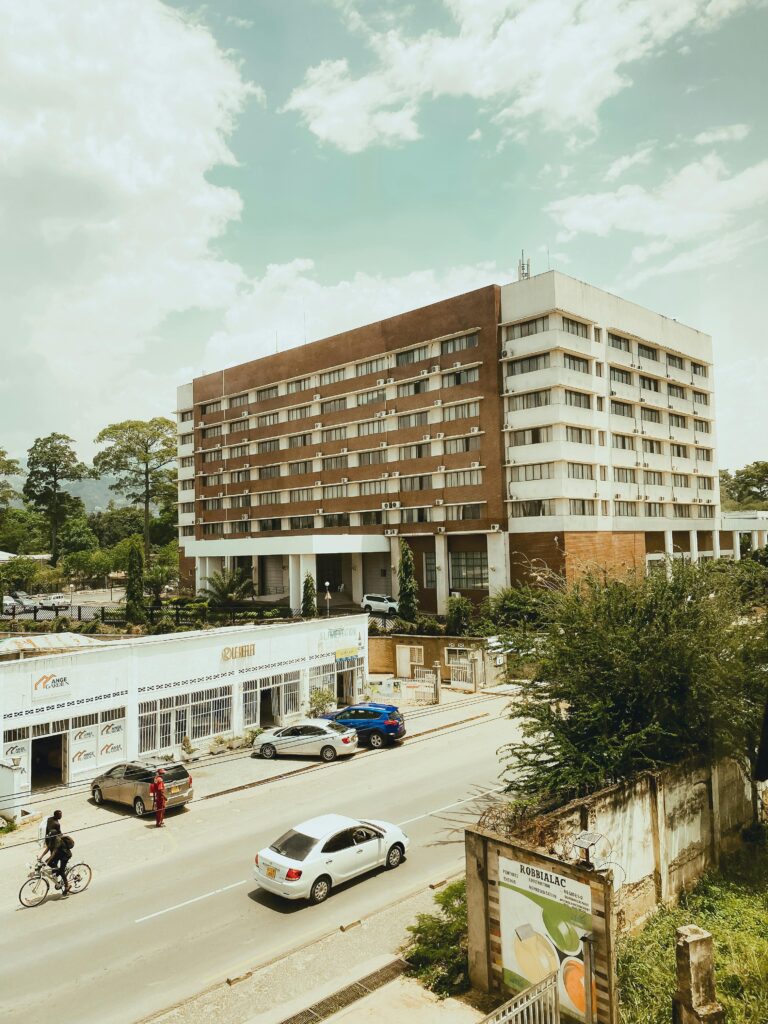A Transportation Master Plan (TMP) is a comprehensive, long-term strategic document that guides the development, management, and investment in a community’s transportation system. It ensures that transportation networks, roads, public transit, walking, cycling, and freight are planned in a coordinated way to meet current needs while accommodating future growth.
TMPs are typically prepared for cities, metropolitan regions, or large development areas and cover a planning horizon of 20 years or more. They integrate land use, travel demand forecasts, funding strategies, and design standards into one cohesive framework.
A well-prepared TMP is more than a list of road projects—it’s a vision for how people and goods will move in a safe, efficient, and sustainable way.
Why Transportation Master Plans Matter
A TMP is important because it:
- Shapes economic growth – A well-connected transport network supports businesses, attracts investment, and improves access to jobs.
- Improves mobility & accessibility – TMPs ensure all users, including pedestrians, cyclists, public transit riders, and drivers, can move easily.
- Manages congestion – By using tools like trip generation estimation and traffic impact assessments, TMPs anticipate bottlenecks before they happen.
- Promotes sustainability – Integrates low-emission modes like transit and active transportation.
- Supports funding decisions – Helps governments prioritize projects that offer the highest benefit for cost.
Key Components of a Transportation Master Plan
1. Existing Conditions Assessment
The process starts by gathering data on:
- Traffic volumes (convert volumes to ESALs for pavement design)
- Roadway network conditions
- Public transit service levels
- Sidewalk, cycling, and trail infrastructure
- Parking supply (parking demand estimation tool)
GIS tools like our Catchment Area Map Tool can also help visualize accessibility for different travel modes.
2. Travel Demand Forecasting
TMPs use models like the Four-Step Travel Demand Model to estimate future travel patterns. Inputs often include:
- Population and employment projections
- Land use changes
- Economic trends
For site-specific developments, our Trip Distribution Tool and Trip Generation Estimator can help determine where trips will come from and where they’ll go.
3. Public Transit Planning
Transit is a cornerstone of many TMPs. This includes:
- Bus network optimization (use our Bus Fleet Size Calculator to estimate vehicles needed)
- Light rail or metro expansion
- Transit priority measures
- Park-and-ride facility planning
Our recent guide on fleet size calculation for public transit services explains how to size the fleet to match demand efficiently.
4. Roadway & Intersection Planning
This involves identifying:
- Capacity improvements
- Safety upgrades
- New connections
Tools like the Signal Warrant Calculator and Peak Hour Factor Calculator are useful for intersection analysis.
5. Active Transportation
TMPs increasingly prioritize walking and cycling through:
- Protected bike lanes
- Wider sidewalks
- Mid-block crossings
- Wayfinding signage
Our Parking Lot Area Calculator can also be adapted to estimate bike parking requirements.
6. Parking Strategy
A TMP may include pricing policies and demand management strategies to optimize parking supply. See our article on How Much Should Cities Charge for Parking? for insights.
7. Implementation & Phasing Plan
A TMP ends with a list of recommended projects, timelines, and funding strategies. This ensures short-term wins while building toward long-term goals.
Benefits of a Well-Designed TMP
| Benefit | Description |
|---|---|
| Reduced Congestion | Better traffic flow and less time wasted in delays |
| Improved Safety | Fewer collisions through better design and traffic control |
| Sustainable Growth | Supports compact, transit-oriented development |
| Cost Efficiency | Prioritizes high-return investments |
| Quality of Life | Makes cities more livable and accessible |
Related Tools & Resources from Arterials
- Traffic Impact Assessment Guide
- Flexible vs Rigid Pavement – Which is Right?
- Peak Hour Trip Estimation Calculator
- Pavement Design Calculator
Final Thoughts
A Transportation Master Plan is essential for cities that want to move toward a future that is safe, sustainable, and efficient. It brings together data, forecasting, and stakeholder input to create a roadmap for transportation investment.
If you’re working on a TMP or a large development project, explore our Planning Tools to make data-driven decisions at every step. You can also contact us for planning, modelling, and consultation support.
Frequently Asked Questions (FAQs) about Transportation Master Plans
1. Why is a Transportation Master Plan important?
A Transportation Master Plan provides a long-term vision and strategy for improving mobility, ensuring safety, reducing congestion, and supporting sustainable growth. It also helps cities plan infrastructure investments more efficiently. You can learn more about traffic impact studies here.
2. How long does a Transportation Master Plan cover?
Most plans cover a 20–30 year horizon, with shorter-term actions for the first 5–10 years and long-term strategies for later phases. For short-term forecasting, tools like the Peak Hour Factor Calculator can help estimate congestion patterns.
3. Who develops a Transportation Master Plan?
They are typically prepared by transportation planners, engineers, and urban planners, in collaboration with municipalities, transit agencies, and the public. If you’re working on transit planning, our Bus Fleet Size Calculator can help estimate the number of vehicles required for your service.
4. What types of transportation are included?
A TMP usually covers roads, public transit, walking, cycling, parking, goods movement, and emerging mobility solutions like electric vehicles and ride-sharing. For parking-related analysis, see our Parking Demand Estimator and Parking Charges Revenue Estimator.
5. How is public input collected?
Public input is gathered through surveys, open houses, stakeholder workshops, and online engagement tools to ensure the plan reflects community needs. For site-specific analysis, tools like the Trip Generation Estimator and Trip Distribution Tool can help quantify travel demand.



